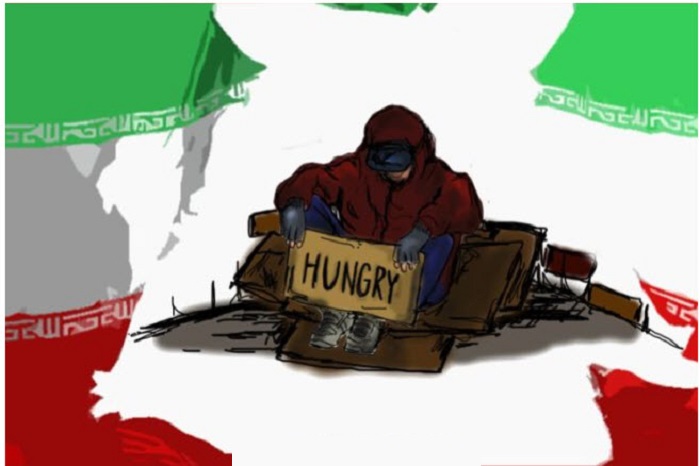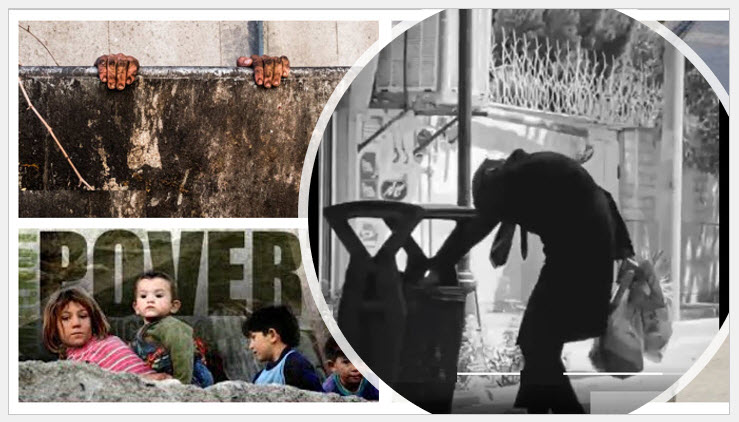
People’s purchasing power has shrunk so dramatically that a family earning minimum wage in 1978 could afford 74 kg of meat, but now the same family can only afford 20 kg. This demonstrates how dramatically the people’s economic power has declined.
Iran’s economy has suffered a sharp decline since the 1979 revolution. The first factor is the Iranian regime’s institutionalized corruption and economic monopolization by the Revolutionary Guards Corp (IRGC), and the second is the regime’s massive spending on nuclear and missile projects. According to the regime’s media, Iran’s per capita income has fallen from $10,000 in 1979 to around $7,000 in 2021, based on the real global and regional inflation rates, and it has fallen even further this year.
Between some regime officials’ absurd claims that the Gini coefficient and the class gap have decreased, the reality is that this is because society’s richer people and the middle class have become poorer. Many of the regime’s social experts have even claimed that the middle class has vanished. At the same time, the number of Iranians living in poverty has more than doubled in the last year, and the intensity has quadrupled.
In 1979, 20% of the population was poor, but by the end of the Iran-Iraq war, this had risen to around 40%. According to the regime’s inaccurate statistics, this figure has now reached 52 percent, while other figures show that approximately 80 percent of society lives below the poverty line.

Dairy product consumption has also decreased in recent years, as the price of dairy products has gradually increased, causing Iranians to consume fewer dairy products. Many people aren’t able to make ends meet, they search for food from the dustbin.
t should be noted that the average annual consumption of dairy products worldwide is more than 150 kg per capita, with the World Food Organization (FAO) recommending that this be around 300 kg per person per year. According to regime statistics, this was only 70 kg per capita in the previous year in Iran, and it has now dropped to 50 kg.
This will almost certainly have a significant impact on the next generation’s development. People’s poverty has also had significant social consequences. The frequency of thefts has increased in tandem with the decrease in income level, and more children are being forced to steal in order to survive.
The remarkable aspect of this is that, in addition to an increase in thefts, the subject of the thefts has also changed. Thieves’ proclivity to steal valuable and protected goods like gold and jewelry has decreased, with thieves now focusing on stealing low-priced and unprotected or less protected goods like mobile phones, electrical canal covers, and cables.
Refusing to collect has increased, particularly among children, as people are desperate to make whatever little money they can, while the streets of the metropoles are clogged with street vendors and cardboard sleepers. To support their family members, nearly all families have been forced to work in different places. In such a situation, starting a family and having children is extremely dangerous, so many young people choose not to marry.
MEK Iran (follow us on Twitter and Facebook), Maryam Rajavi’s on her site, Twitter & Facebook, NCRI (Twitter & Facebook), and People’s Mojahedin Organization of Iran – MEK IRAN – YouTub

